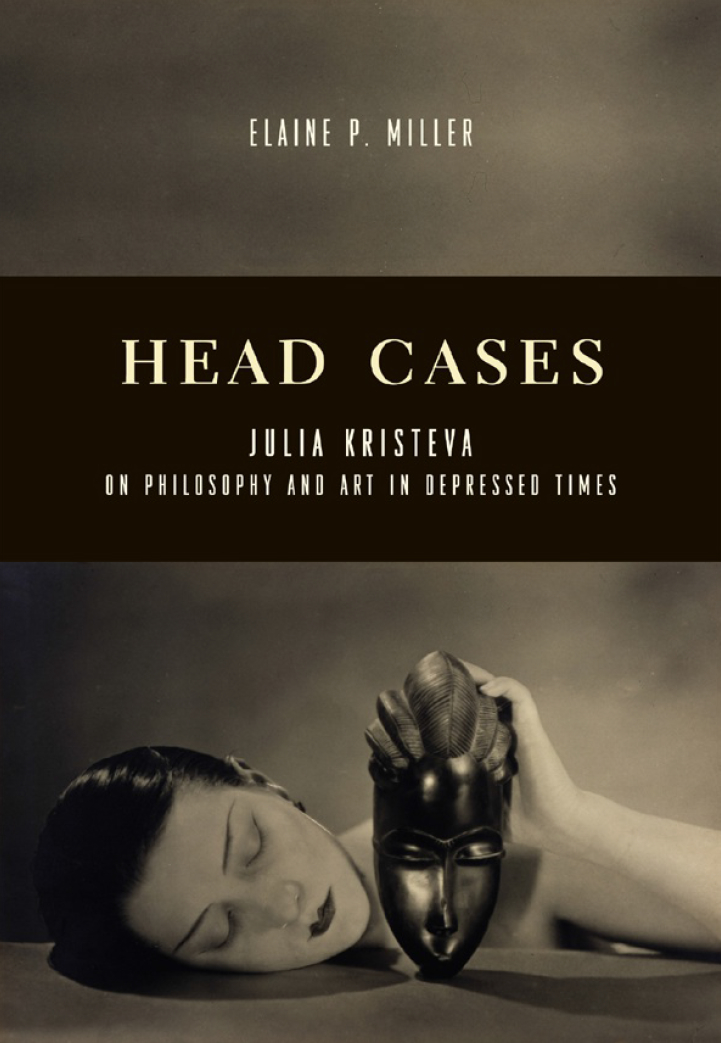 |
|
HEAD CASES
Does decapitation become the emblem of social and historical division? Or rather the
AT SLEEPOVERS OR AROUND CAMPFIRES CHILDREN LIKE TO tell each other spooky stories, including the story of the woman who always wore a red (or green or black) ribbon around her neck. In this story the woman refuses to comply with the repeated requests of her persistent lover—which continue over the course of their life together—to tell him why she will never take the ribbon off, day or night. This situation lasts until the very moment of the woman's imminent death, when she tells her lover that he may, at last, remove the ribbon. When he does, the woman's head falls off. The tale of the woman with the ribbon around her neck is a story not just about one unfortunate person but about all of us. This story resonates with us and causes a silly shiver and an uncomfortable laugh because, despite its incongruity, we are all aware, however obscurely, of something secret within us that we may not be able to share even with those closest to us—the decapitated truth of our identity. The ribbon both severs and binds —it is the mark of both our loss and our self-creation. Its uncanny effect arises from the way in which it unmasks for a moment the stranger within our most familiar selves. Julia Kristeva's arresting aesthetic image or figure for addressing, unmasking, or combating a "new malady of the soul" that affects modernity, namely, depression, is the decapitated head. Kristeva links the figure of decapitation to the "decisive moment in our individuation: when the child gets free of the mother … it loses her in order to be able to conceive of her." As she describes it in the catalogue for Visions capitales (The Severed Head), the 1998 Louvre exhibit she organized that consisted entirely of artistic representations of severed heads from antiquity through the present, decapitation refers to the separation of the infant from the mother in weaning, a separation, that is, from the one who has heretofore given it warmth and food and who has seen to its every need. This gives decapitation a gendered and even matricidal connotation, but it is a process that both sexes must undergo.
|
 |
|---|
